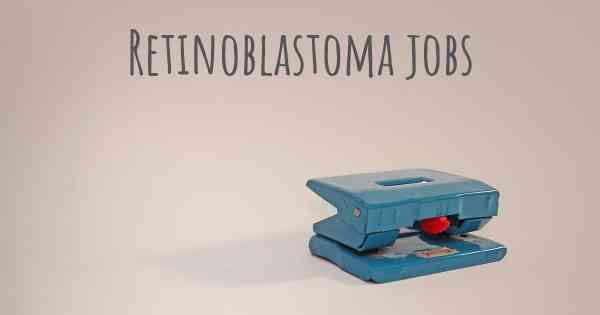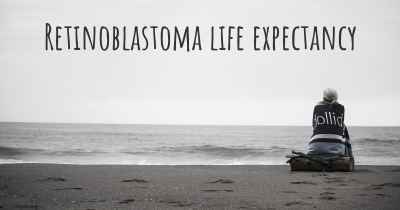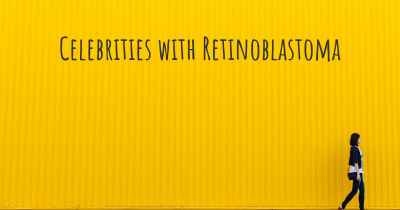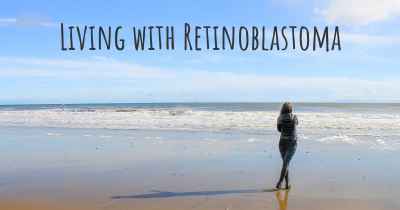Can people with Retinoblastoma work? What kind of work can they perform?
See how people with experience in Retinoblastoma give their opinion about whether people with Retinoblastoma can work and what kind of jobs are more appropriated for people with Retinoblastoma

Can people with Retinoblastoma work? What kind of work can they perform?
Retinoblastoma is a rare form of eye cancer that primarily affects young children. It originates in the retina, the light-sensitive tissue at the back of the eye. The diagnosis of retinoblastoma can be overwhelming for both the affected individual and their family, as it raises concerns about the child's future, including their ability to work.
While the impact of retinoblastoma on an individual's vision can vary depending on the stage and treatment of the disease, it is important to note that people with retinoblastoma can still lead fulfilling lives and pursue various career paths.
1. Treatment and Vision:
The treatment for retinoblastoma often involves a combination of chemotherapy, radiation therapy, and surgery. The specific treatment plan depends on the extent of the disease and the individual's overall health. In some cases, the affected eye may need to be removed to prevent the spread of cancer.
As a result of the disease and its treatment, individuals with retinoblastoma may experience vision loss or have reduced visual acuity. The impact on vision can range from mild to severe, and it may affect one or both eyes. It is crucial to consider the individual's visual capabilities and limitations when discussing potential career options.
2. Career Options:
Despite the challenges posed by retinoblastoma, individuals can pursue a wide range of careers based on their abilities, skills, and interests. The choice of career may depend on factors such as the extent of vision loss, adaptability, and accommodations available in the workplace.
a) Careers with Visual Demands:
Some individuals with retinoblastoma may have sufficient vision to perform jobs that require visual acuity. These careers can include:
- Graphic design
- Photography
- Art and illustration
- Microscopy and laboratory work
- Computer programming and software development
- Architecture and interior design
- Optometry and ophthalmology (with appropriate qualifications)
b) Careers with Reduced Visual Demands:
For individuals with more significant vision loss, there are still numerous career options available that rely less on visual acuity. These careers can include:
- Writing and journalism
- Teaching and education
- Counseling and therapy
- Research and data analysis
- Administration and management
- Customer service
- Entrepreneurship and business ownership
c) Assistive Technology and Accommodations:
Advancements in technology have significantly improved accessibility for individuals with visual impairments. Various assistive devices and software can aid individuals with retinoblastoma in their work. These can include:
- Screen readers and magnifiers
- Braille displays and embossers
- Voice recognition software
- Accessible computer interfaces
- Adaptive equipment for specific professions
Additionally, workplace accommodations such as flexible work hours, modified lighting, and enlarged print materials can further support individuals with retinoblastoma in their chosen careers.
3. Emotional Support and Rehabilitation:
It is important to recognize that individuals with retinoblastoma may face emotional challenges and require support throughout their journey. Rehabilitation services, including vision therapy and counseling, can help individuals adapt to changes in their vision and develop strategies to overcome obstacles in the workplace.
Furthermore, connecting with support groups and organizations that specialize in visual impairments can provide valuable resources, guidance, and a sense of community for individuals with retinoblastoma.
Conclusion:
While retinoblastoma can present challenges, individuals with this condition can still pursue meaningful careers. The specific career options depend on the individual's visual capabilities, adaptability, and the availability of accommodations and assistive technology. It is essential to provide emotional support and rehabilitation services to help individuals with retinoblastoma thrive in their chosen professions.








